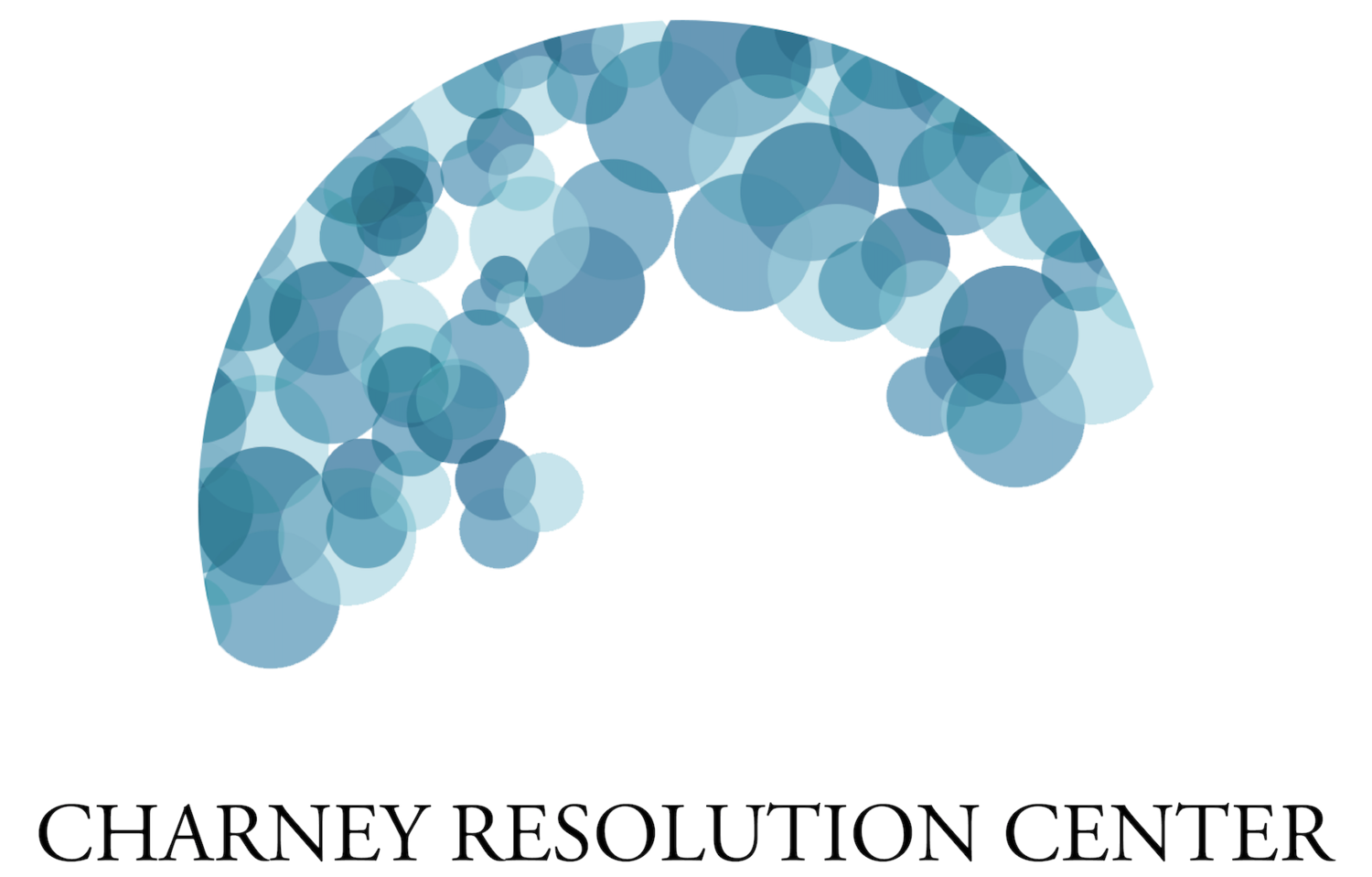Viewing Conflicts as Problems to Be Solved Can Help Diplomacy
April 2, 2021
By Gianluca Corinaldesi and Rohini Thakkar
Track 2 Diplomacy has been around for 60 years. For much of that time, it has been primarily defined as small, discreet dialogues involving influential but unofficial participants.
World-renowned expert Professor Peter Jones of the University of Ottawa recently provided an overview of the history and relevance of Track 2 Diplomacy as invited speaker to the second installment of DUCIGS/Rethinking Diplomacy Program (RDP), Multi-Stakeholder Framework series titled “What Future for Track Two Diplomacy.”
Professor Jones is also the Executive Director of the Ottawa Dialogue, an organization which runs Track 1.5 and Track 2 dialogues around the world. In addition to several publications and policy papers on this subject, Jones is the author of Track Two Diplomacy: In Theory and Practice (Stanford University Press 2015) and editor of the recently published special issue “Best Practices in Track Two Diplomacy,” International Negotiations, A Journal of Theory and Practice, Volume 26 (2021): Issue 1.
Origins and Examples of Track 2 Diplomacy
The first articulation of Track 2 Diplomacy or unofficial diplomacy as a field came in the ‘60s from John Burton, an Australian diplomat who conceptualized the role of third-party facilitators whose job was to bring together people from societies and conflict, “not officials, not there to negotiate.”
“Influential people close to power” convene, without the constraints of official positions, and “try to draw the sides out on the underlying causes of the dispute,” Professor Jones said.
An example are the Israeli-Palestinians workshops started by Herbert Kelman (at the time a Harvard professor) in the ‘70s, held through the ‘80s and early ‘90s, which were instrumental in generating many ideas eventually adopted by the Oslo Agreements.
Track 2 facilitators focus on viewing the dispute as a problem that needs to be solved, “a problem which they jointly have to analyze and then jointly solve, rather than bargain over,” Jones said. But this problem-solving approach is more of a complement than a substitute for official Track One diplomacy: “It's a misnomer to think that Track 2 is about sitting down somewhere and secretly hammering out an agreement. That's what governments do. It is more about creating the space for that ultimately to happen.”
Creating this space often requires unpacking the crystallized notions both parties hold about each other.
During the U.S-Iran nuclear negotiations that led to the Joint Comprehensive Plan of Action (JCPOA) agreement, Iranians kept saying “Americans don’t respect Iran,” while Americans were only focused on uranium enrichment. Peter Jones, at that time a facilitator in some of the talks, recalls asking: “I think our Iranian friends should explain what they mean by ‘respect’?” And that led to “a day-long conversation” where Iranians explained the “very deep- seated feeling that the United States and the West simply don’t accept the Islamic revolution and never will, and until the Iranians feel that that is not the case, a genuine rapport with the Iranian Government is not going to be possible.”
New Forms of Unofficial Diplomacy
The field of unofficial diplomacy developed over the years and is now encompassing hybrid forms like Track 1.5 (secret meetings run by influential elites) and newer forms like Track 3, where civil society stakeholders, who traditionally don’t have a seat at the peacemaking table, aim at carving a grassroots role in state-level negotiations, in the hope of promoting a permanent social change.
In the case of Track 3, there have been voices who argued that the emphasis on elites leads to processes which marginalize important voices and results in peace agreements which are not representative of broader societies. In the past decade, these concerns have become an important issue for the field; the issue of how to include civil society and other actors in unofficial peacemaking.
“Most of the traditional tracks try to support Track 1” in conflict management and conflict resolution, said Professor Jones. But there is an “Emerging Agenda” that seeks to expand the role of advocacy in peace negotiations, to give a voice to under-represented groups who can bring human rights values, gender, and social issues in conflict dialogues.
Track 2 Diplomacy: A chart of the different tracks of diplomacy,
“We do recognize that a peace process which is multifaceted, multi-dimensional, which involves multi- stakeholder groups is likely going to reach a more durable and lasting peace than one which is just made by any one particular level of society,” Jones said. But “my own concern is that the tracks are going to spin off into increasingly separate orbits and perhaps even somewhat antagonistic orbits,” he concluded.
Another challenge is that traditional third-party facilitators are supposed to be impartial.
“Impartiality means very different things to human rights proponents and conflict resolution workers,” Jones said. “For a human rights advocate impartiality refers to the application of human rights norms, but most of these norms are constructed to protect the weak from the strong.”
Rethinking Diplomacy (RDP) fellow, Ambassador W. Robert Pearson and DUCIGS/RDP director, Professor Giovanni Zanalda moderated the event. Ambassador Pearson asked Peter Jones if the practice of unofficial diplomacy can be applied to other kinds of current global challenges like food security, climate, public health.
“It’s all about problem-solving,” Jones replied, adding that a skilled facilitator can still help bring the parties together and try to discover the space for a constructive dialogue. “But I suspect that much of this has to be done by experts in the fields.”
Source: Duke University, Center for International & Global Studies

